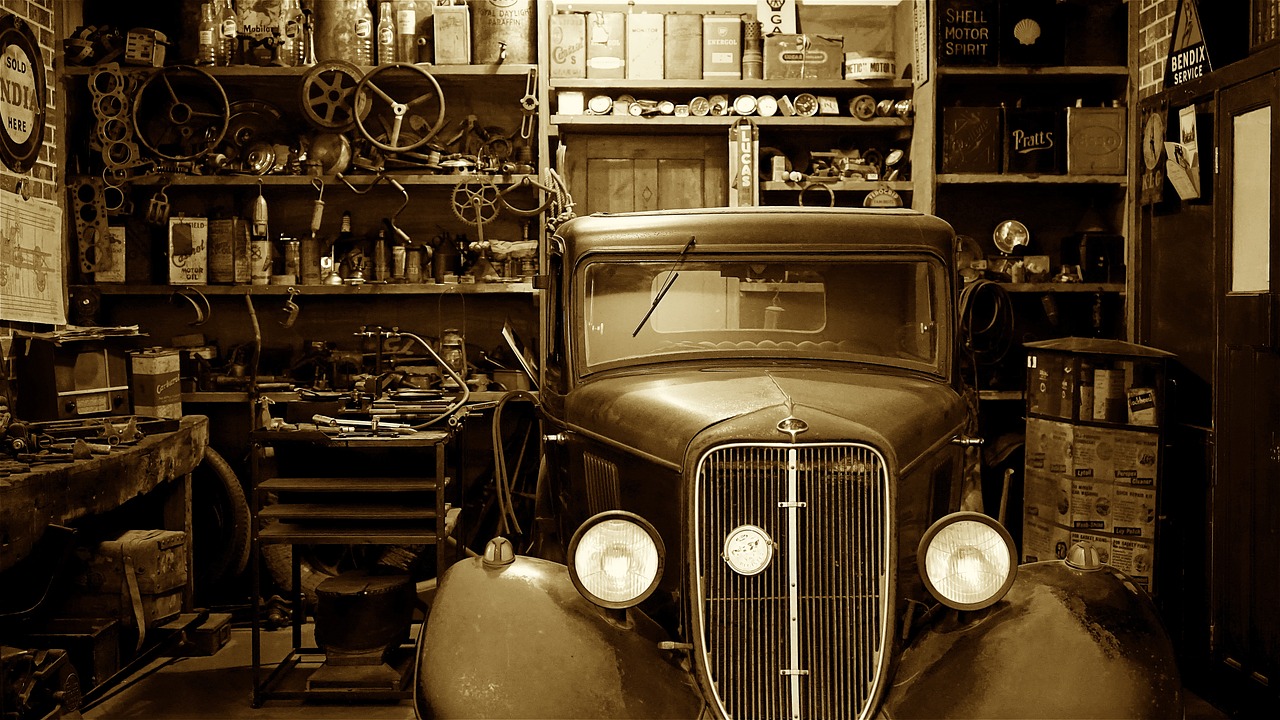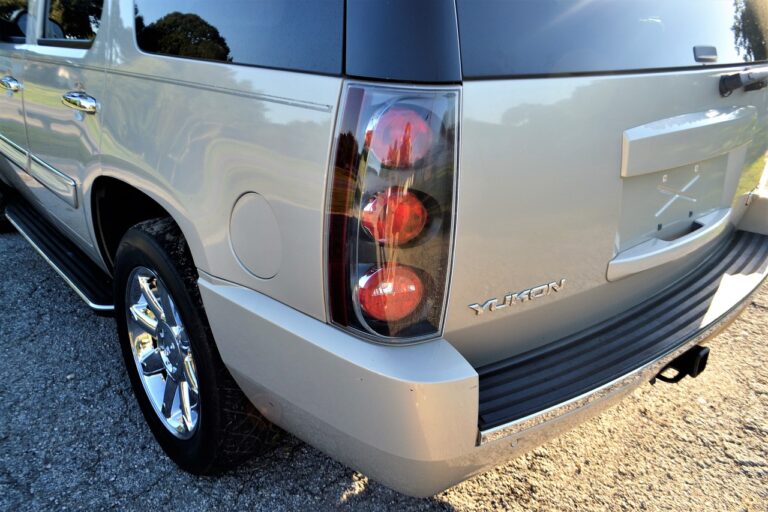Automotive Industry and Health and Safety
Automotive industry workers face a multitude of hazards in their daily tasks. One major hazard is the risk of injury from heavy machinery and equipment. Handling tools, such as power drills and wrenches, can result in cuts, bruises, or even more serious injuries if not used properly. In addition, working in close proximity to moving vehicles and heavy machinery poses a significant risk of being struck or caught in-between, leading to severe injuries or fatalities. It is crucial for workers to always be vigilant and follow safety protocols to prevent such accidents.
Moreover, exposure to harmful chemicals and toxins is another prevalent hazard in the automotive industry. Workers may come into contact with various substances such as paints, solvents, and cleaning agents that can cause skin irritation, respiratory issues, or long-term health problems if proper precautions are not taken. Inhaling fumes or not using appropriate protective gear when handling these chemicals can have detrimental effects on a worker’s health. Employers must provide adequate training on handling hazardous substances and ensure that employees have access to the necessary personal protective equipment to mitigate the risks associated with chemical exposure.
Common Safety Measures in Automotive Workplaces
Safety measures in automotive workplaces are crucial for ensuring the well-being of workers and preventing accidents. One common safety measure is the proper training of employees on how to use equipment and machinery safely. This includes understanding the correct procedures for operating tools, vehicles, and heavy machinery to prevent injuries and mishaps.
Regular inspections and maintenance of equipment is another important safety measure in automotive workplaces. Ensuring that tools and machinery are in good working condition helps to prevent malfunctions that could result in accidents. By conducting routine checks and servicing, potential hazards can be identified and addressed promptly to create a safer work environment for everyone involved.
Importance of Personal Protective Equipment in Auto Work
When working in the automotive industry, personal protective equipment (PPE) is a crucial aspect of ensuring the safety and well-being of workers. PPE includes items such as gloves, safety glasses, ear protection, helmets, and high-visibility clothing, all designed to minimize the risks of injuries in the workplace. By providing and utilizing the appropriate PPE, employees can protect themselves from potential hazards like cuts, burns, noise exposure, and chemical splashes.
In addition to preventing physical injuries, personal protective equipment also plays a role in safeguarding workers from long-term health issues. Exposure to hazardous substances and environmental factors in the automotive industry can have detrimental effects on one’s health over time. PPE acts as a barrier against these harmful elements, reducing the likelihood of developing respiratory problems, skin irritations, or other chronic conditions associated with automotive work. Prioritizing the proper use of personal protective equipment is not only a legal requirement but also a fundamental responsibility for promoting a culture of safety in auto workplaces.
What are the common types of hazards in the automotive industry?
Common hazards in the automotive industry include exposure to harmful chemicals, loud noise levels, heavy machinery, sharp tools, and potential electrical hazards.
What are some common safety measures in automotive workplaces?
Common safety measures in automotive workplaces include providing proper training to employees, enforcing the use of personal protective equipment, regular inspection and maintenance of equipment, implementing safety protocols, and promoting a culture of safety.
Why is personal protective equipment important in auto work?
Personal protective equipment is important in auto work to protect workers from potential hazards such as chemicals, sharp objects, and loud noise. PPE can help prevent injuries, accidents, and long-term health issues in the workplace.







